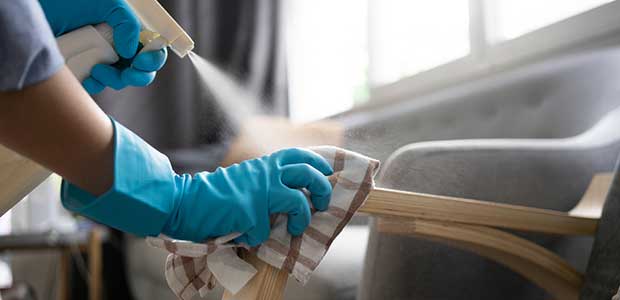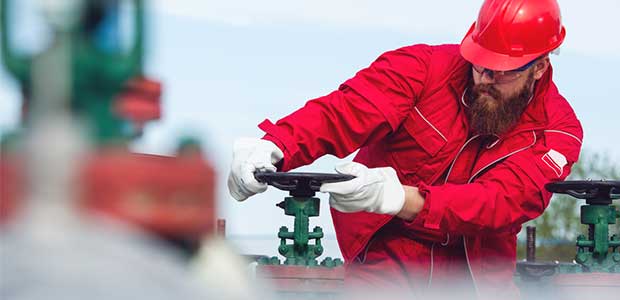
Healthcare is hard to come by in America without a salaried job, and many with hourly wages and preexisting health conditions are more worried about unemployment than coronavirus. Here’s why the sickest and most vulnerable might be coming to work first.
You can participate in OSHA’s Safe + Sound week next month to commit to workplace safety and health. This nationwide event recognizes the successes of workplace safety and health programs and offers important information for the safety of America’s workers.

The pandemic is still here, but domestic helpers and housekeepers need to work and families want the services. How do both parties resume work safely? The answer is about trust, safety and communication.
The fight to give workers more days off for paid sick leave is not a new fight, but the recent pandemic has made advocates for this benefit much louder. Now, Colorado has put a somewhat comprehensive one into law.
With coronavirus, social distancing and work-from-home orders, we have to get creative on how to connect with coworkers and stay healthy. People are beginning to hold “walking meetings” at six feet apart to kill multiple birds with one stone.

While public contact tracing apps released by governments have attracted much (negative) attention, business contact tracing solutions play a different but hugely important role in slowing the spread of Covid-19.
The use of wearable technology has opened a new era in ergonomics, and it is a game changer for risk assessments.

Here’s a roundup of some of the latest PPE technologies and why these claims are the new reality.

The coronavirus pandemic is looking a lot like it first did back in March when hospitals were at nearly full capacity, and healthcare workers were short on PPE. It is a frustrating recurrence of a situation all too familiar.
Since the outbreak of the novel coronavirus was first detected back in December of 2019, over 11.8 million people have been infected, and 544,200 have died. A timeline of events from then until now reminds us just how large this crisis is.